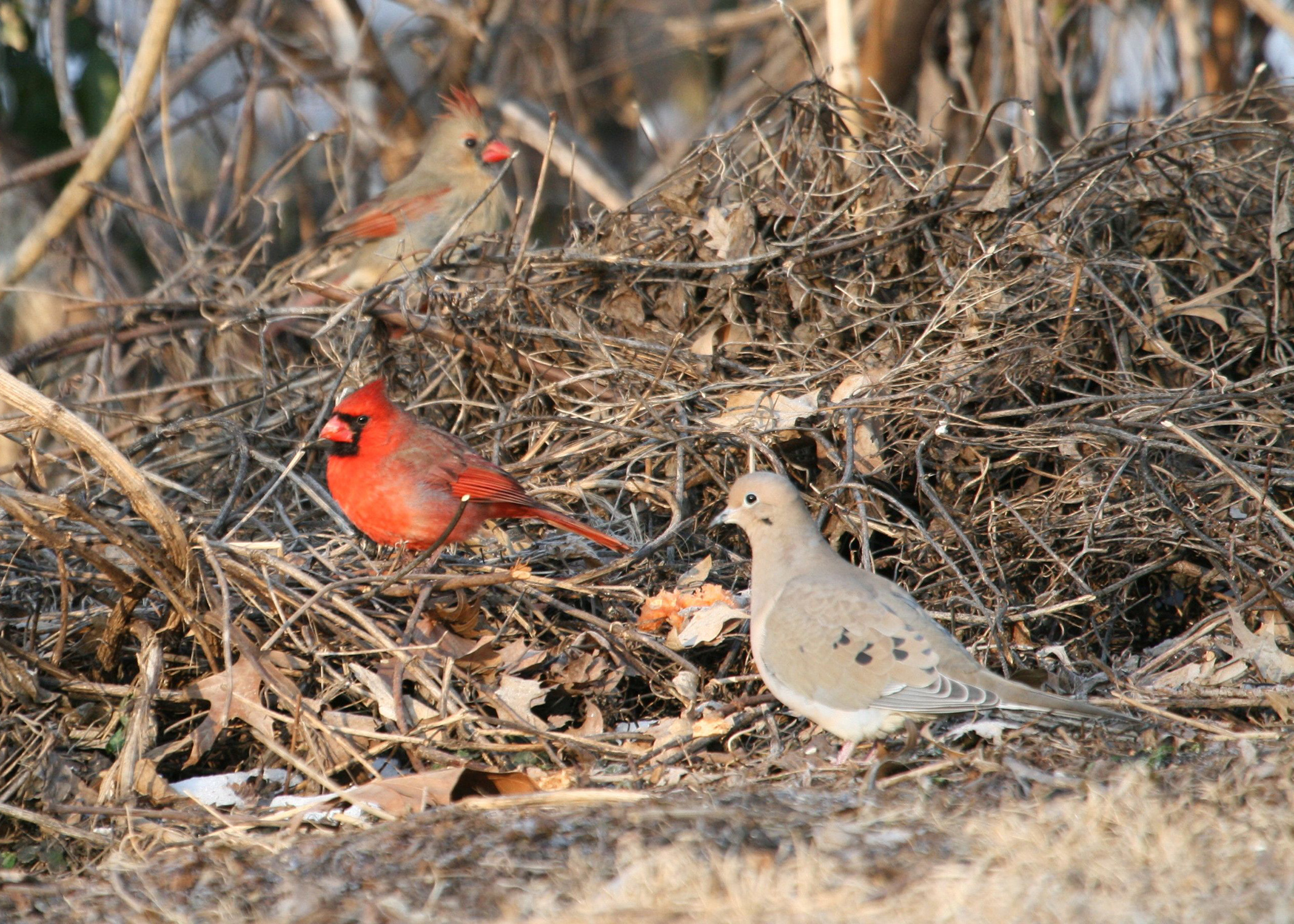If a tree falls in the woods and nobody is there to see it, does it make a mess?
On a recent trip to my in-laws, I took a walk with my dog in their woodlot. It was a crisp fall day and the wind whistled through the open under-story. Most of the leaves had already fallen, but the buckthorn and honeysuckle remained lush.
Without the invasive plant thickets around the edges, you could see from cornfield to cornfield through the center of the woods. When exploring a small, open woodlot like this, it doesn’t take much to spook the inhabitants. Two deer and a cantankerous grey squirrel made that clear.
As we wandered, I noted several large trees down while following the trail, presumably from the August windstorms. It was a surprise to see them, as my in-laws are usually quick to capture downed trees to feed their wood stove.
After the walk, it was time for a chat with the property owners. My in-laws are hardworking folks. They like to keep their woods clean, just like their home. For them, that means pulling out downed trees for fuel wood, burning slash from forestry work, and keeping the woods looking orderly.
At this time of the year, the results are clear – the forest floor is bare, there is little cover for wildlife, and no young trees or shrubs around to fill in the canopy gaps. Knowing that my in-laws love the diversity of trees in their woods and wildlife they support, I offered some unsolicited advice.
The woods are too clean.
First of all, some clean-up of the windfalls is needed. They’ll want to get the trees off the trail, but where they end up should depend on the type of tree it is. My in-laws rely on wood to heat their home. They will throw almost any species in the fuel wood stack. I suggested that some tree species aren’t worth their effort and are better left in the woods. For context, I gave them the publication our team put together called ‘Harvesting Firewood From Your Woods.’
Chop the best and leave the rest.
For the trees not on trail, I repeated the old adage, ‘there’s more life in a dead tree than a live one.’ Dead wood hosts an incredible array of insects and the animals they attract (Click here for more info on Wildlife Trees). Decaying wood is also a critical component of fungal networks that help build healthy forest soils. Letting dead wood lie is vital for diverse and healthy woodlots
Next, I made the case to remove the invasive buckthorn and honeysuckle. They are out-competing the landowners preferred tree species and offering little benefits to wildlife. Controlling invasive species will be an on-going effort for them. And unfortunately, these small diameter trees and shrubs won’t be of much use heating their home.
Given the fact that not all wood should be destined for the stove, I suggested getting strategic with the leftovers. Making brush piles from fuel wood slash and cut woody invasives is a great opportunity to improve wildlife habitat. Wildlife need cover. Although brush piles may look messy to some, they are great for attracting woodland critters year-round. Some tips for building the best brush piles for wildlife are included in this WI DNR publication called ‘Rabbitat – Brush Piles for Wildlife’.
Finally, I made the argument that managing deer will be key to the long-term health of their woods. Left alone, the deer will continue to browse the young trees and prevent diverse forest regeneration. I pointed them to some interesting trials out of Cornell that attempt to control deer access using slash piles. In addition to strategically stacking woody debris to alter deer movement, adding some hunting pressure could be the ticket to protecting the next generation of trees.
Achieving goals
Whether or not my in-laws take the advice to leave some wood for wildlife is to be determined. In any case, by helping them focus on their goals (fuel wood, forest health, wildlife diversity), they can better understand whether their actions are moving them in the right direction.
